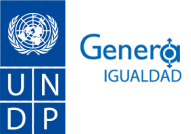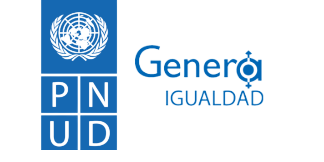In June, a diverse team of United Nations delegates traveled for one week to Curaçao to support the island with the implementation of the Sustainable Development Goals (SDGs) through their National Development Plan. The MAPS (Mainstreaming, Acceleration and Policy Support) mission team included members from UNDP, UNICEF, UNFPA, ILO and ECLAC. While all members had their own expertise to bring to the table, everyone collaborated in an interdisciplinary manner to ensure an integrated approach to achieve the SDGs.
With the dissolution of the Netherlands Antilles in 2010, Curaçao became a constituent country of the Kingdom of the Netherlands. The island has a population of just over 160 thousand on 444 km2. Although categorized as high-income, the country faces ongoing development challenges which include a lagging economy, an ongoing brain drain, youth unemployment, increasing pressure on natural resources and climate change vulnerability. The recent autonomic status vis a vis the Netherlands also poses a challenge. Curaçao has formulated several policy and planning documents, some of which contain explicit links to the SDGs. However, the country is aiming to improve the implementation of these plans – a key issue addressed by the UN MAPS mission team.
Before the mission took place, a Rapid Integrated Assessment (RIA) was carried out for Curaçao. A RIA allows one to systematically analyze a country’s planning and policy documents and determine the extent to which they align with the SDGs. The RIA for Curaçao revealed an alignment of 69% with the SDGs. While this is a reasonable score, it demonstrates that there is room for improvement. For example, the RIA identified that various SDGs – such as SDG 15 (Life on Land) – could be more adequately reflected in Curaçao’s policy framework. Moreover, the RIA shows that the plans insufficiently address inequity and gender inequality. These insights proved helpful, as they revealed which key gaps that needed to be addressed.
Curaçao’s National Development Plan 2015 – 2030 formed the basis of the week’s mission program. This plan describes the country’s development priority areas and targets, while linking these to various SDGs. The goal was to discuss the National Development Plan with stakeholders and provide additional inputs for it in terms of prioritization and identification of bottlenecks, to guide in its implementation. The week revolved around strengthening five main SDG accelerators, namely: sustainable and inclusive economic growth; environmental sustainability; improved education system; poverty reduction; and youth empowerment. Various topics, including gender equality and good governance, were ‘mainstreamed’ in discussions throughout the week. Specific attention was given to data capacities in both the statistical system as well as for following up on performance on current plans and programmes.
The mission included an intensive week of bilateral meetings, multi-stakeholder workshops, sessions and presentations. One of the highlights of the week was the youth workshop; around twenty passionate young students, scouts and members of the youth parliament collaborated with the team to identify how Curaçao can work on implementing the SDGs while tackling the issues that youth are facing.
The mission findings will culminate in a «Curaçao Roadmap for SDG implementation». The Roadmap will help accelerate the implementation of the 2030 Agenda in the country by integrating sustainable development in all dimensions to leave no one behind.
Read the original article from UNDP LAC here.

